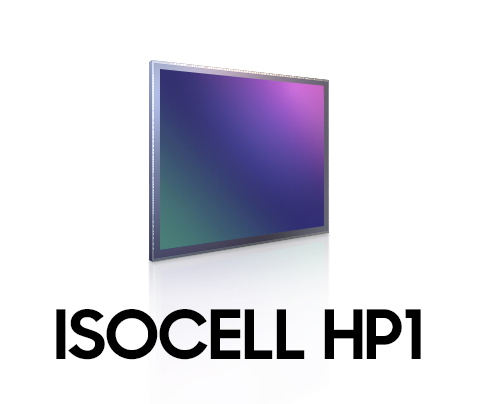Digital cameras capture images as tile-like picture elements known as pixels.
One megapixel equals to one million pixels. Since pixels are usually square and form a grid, a 1-megapixel camera will produce an image roughly 1200 pixels wide by 900 pixels high.
The more the pixels, the image will have a higher resolution, which would translate to more details and better clarity. This should be useful mostly when people want to zoom in or crop a photo. Because the higher the megapixels, more data is packed into it, allowing users to zoom in to the image without seeing much quality loss.
This is even possible for images taken by digital zoom and not optical zoom lenses.
It was only in 2019, when Samsung revealed the first-ever 100MP camera sensor.
This time, in 2021, Samsung unveils a camera sensor with twice the megapixels, accounting to 200MP.

Samsung calls the camera sensor the 'Isocell HP1'.
With that many megapixels, the sensor should allow smartphone cameras to capture even higher resolution images.
However, a camera sensor with a high megapixel count alone, won't be able to guarantee a better quality photos. Smartphone history suggests that increasing a camera’s megapixel count alone isn’t enough to improve photo quality.
Samsung knows that too well, as the South Korean conglomerate company packs the camera with features meant to improve the sensor's performance.
While Samsung is capable to create a sensor capable of capturing that many pixels inside one image, it should be noted that the technology relies on pixel-binning, which is a method that combines multiple 0.64μm pixels the sensor can capture into one large pixel. Samsung calls the 'ChameleonCell', which has a goal to absorb more light.
What this means, users can take photos with lesser resolutions with the sensor, but the sensor can pull in data from that to create a 200 megapixel detailed image.
The 0.64μm pixels are small by phone camera sensor standards. By comparison, the pixels in the 12MP primary sensor in the iPhone 12 Pro Max are 1.7μm
It's also this ChameleonCell technology that allows the sensor to switch between two-by-two, four-by-four, or full pixel layouts.
As a result, the 200MP sensor can become a 12.5MP camera in low light.
Samsung wants to 200MP as an option for outdoor, as well as well-lit areas, on places where the sensor can capture as much information as possible without working too hard.
At the same time, Samsung wants the sensor to be able to capture videos in up to 8K at 30 frames per second (fps), using the same pixel-binning technology to capture videos at 50MP.
The sensor can do this by merging four neighboring pixels to lower the resolution to 50-megapixels. This way, it can capture 8K clips without cropping or scaling down the video.

Besides the 200MP camera sensor, Samsung is also unveiling a 'Isocell GN5', which is a 50MP sensor that uses the world's first 1.0μm sensor that integrates Dual Pixel Pro technology for an fast autofocus.
The sensor isn't designed for high-quality photos, as it is meant to capture sharper image with little focusing time, in both light and dark scenes.
According to Samsung, the GN5 can deliver “one million phase-detecting multi-directional photodiodes covering all areas of the sensor.”
“Samsung has been pioneering ultrafine pixel technologies that are taking high-resolution image sensors to the next level,” Duckhyun Chang, executive vice president of sensor business at Samsung Electronics, said in the announcement.
“With the ISOCELL HP1 that is breaking barriers and ISOCELL GN5 bringing ultrafast autofocus, Samsung will continue to lead the trend for next-generation mobile imaging technologies.”
By unveiling the two camera sensors, Samsung is again justifying to the world that it is a very capable competitor in the smartphone megapixel war.